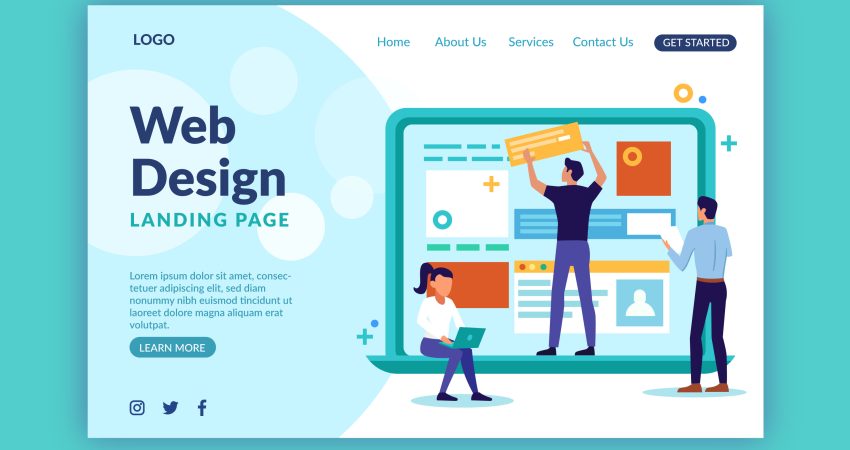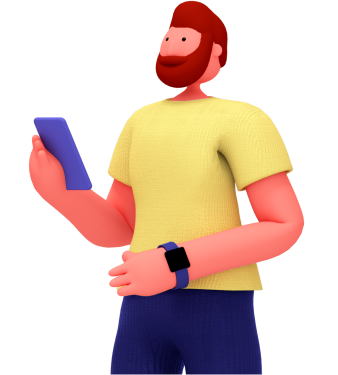
With the digital revolution evolving and advancing faster than ever before, website design is no exception to changing trends. In the coming years, web designers will have to keep step with the pace of the internet and develop better, faster and more user-friendly websites. In this blog post, we will be exploring the upcoming trends that are anticipated to dominate web design in 2023. Even though trends come and go, it’s essential to keep in mind the goals and identity of a website while implementing these trends.
1. Dark mode
You may have noticed that some websites have a dark mode option, which changes the background to a dark color instead of white. This feature is becoming more popular, and we can expect to see more websites using it.
- Dark mode can help reduce eye strain and make it easier to read, especially at night.
- Dark mode can also make websites look more modern and stylish.
2. 3D graphics
Have you ever seen a website where the pictures and animations look like they’re popping out of the screen? That’s because they’re using 3D graphics, which can make website design look more real and interesting. We can expect to see more websites using 3D graphics in the future.
- It can be used to create more engaging and interactive experiences for visitors. For example, a furniture website could use 3D graphics to showcase how a piece of furniture looks from different angles, giving customers a better idea of what they’re buying.

3. Voice search
You’ve probably heard of Siri or Alexa, those smart speakers you can talk to and ask them to do things for you. Well, more and more people are using voice search to find things on the internet too. That means websites will need to optimize their content for voice search so people can find what they are looking for easily, this makes them remain relevant in the field.
4. Interactive design
In 2023, websites will use bold typography to grab visitors’ attention and make important messages stand out. They will also incorporate interactive design elements, like animations that play when you scroll or buttons that change color when you hover over them. These interactive elements work together with bold typography to create a more engaging and memorable user experience. By using these techniques, websites can make their content more
- attractive
- easier to understand
- fun to interact with.
5. Mobile-first design
Nowadays, a lot of people use their phones to browse websites. That’s why it’s important for websites to be designed to work well on mobile devices first and foremost. This means making sure the website looks good and works smoothly on smaller screens, like phones and tablets. By doing this, websites can provide a better experience for mobile users and make it easier for them to find what they’re looking for, whether they’re on a phone or a computer.
If you have tried any of our methods, do not forget to leave a comment about your results!











